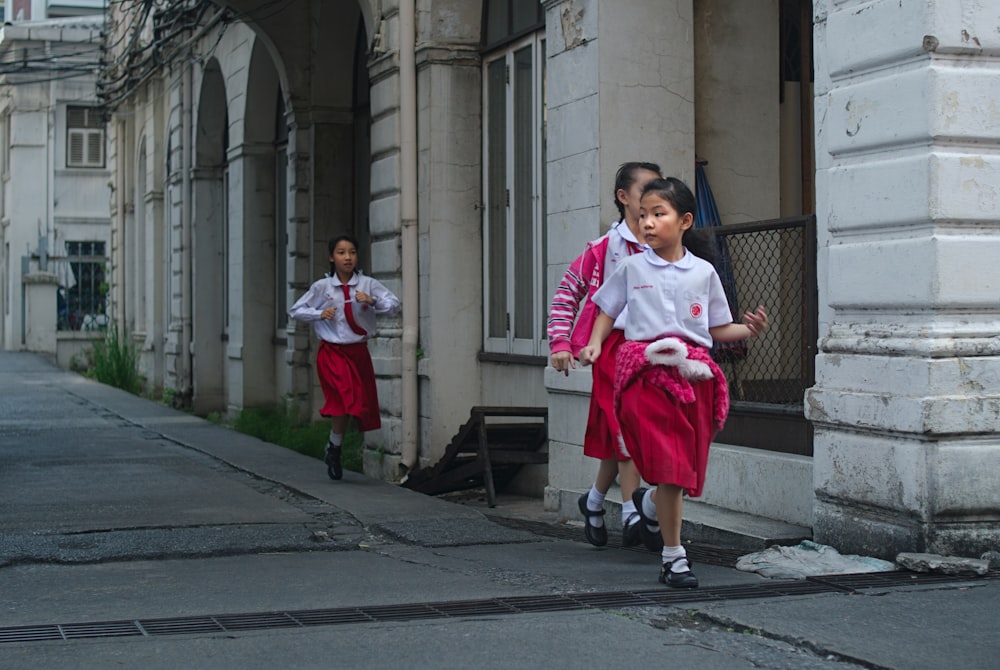When details of flight attendant Christine Angelica Dacera’s death began circulating in the internet, debate started online about what it means to be a “girl” and what it means to be a “boy.”
Traditionally (and incorrectly) speaking, girls are expected to be careful when hanging around boys because after all, “boys will be boys.” That’s why girls are taught to keep themselves out of risky situations with the opposite sex: Don’t get drunk, don’t wear short, revealing clothes, don’t stay out late, and so on.
Meanwhile, we rarely hear boys being cautioned on their social interactions with women. Hardly are they admonished to keep it in their pants, to control their urges, to protect intoxicated women, to respect women no matter what they’re wearing, and to take “no” for an answer.
So why do we put in so much effort into protecting girls instead of raising boys to be better?
The way we raise girls is rooted in gender biases
Despite the many strides we’ve made towards gender equality, the reality is that there is still some form of internalized misogyny that’s being passed down from generation to generation.
Girls are exposed to so many forms of gender bias. They’re raised differently from boys: They’re either given more restrictions or fewer resources compared to their male siblings. Instead of changing the skewed reality of “boys being boys,” elders teach young girls to learn to live with it, putting the burden of best behavior on them instead of the misbehaving males.

These gender biases don’t stop when girls grow up either; they just take on new forms, like victim blaming. Sure, we can denounce the “boys will be boys” mindset—but the sad reality is that we still focus on what the victim did wrong when cases of assault are reported.
Instead of holding the aggressor accountable, we focus on all the “incorrect” choices that the woman made that supposedly triggered the tough situation she’s now in.
[READ: What women and children wore when they were raped or sexually assaulted]
By telling girls how to act, what to wear, or what hours of the day they can stay out, we place an unfair burden on them to choose between doing what they’d like or risk getting hurt, abused, or killed.
Our internalized misogyny hurts boys, too
Here’s the thing: Girls aren’t the only ones getting hurt by generational gender biases.
Growing up, boys are raised to believe that their aggression is part of their natural impulse and that they can be excused from the consequences of their actions. Time and time again, the phrase “boys will be boys” has been used to oversimplify or dismiss the underlying problems that boys might be facing.
By ignoring all the environmental and individual factors that influence male aggression, we continue to perpetuate—even encourage—toxic masculinity. We’ve demoted them to feral animals who can’t control their predatory nature. Guess what? They will act as they’re expected to.
If we want to end gender biases, we need to raise our children better
The first step we can take to put an end to our internalized misogyny is to start raising our kids better. We have to recognize how gender biases influence our own actions, and be more mindful of the messages we pass on to our children.
Instead of trying to justify aggressive behavior in boys, call them out when they’re in the wrong and teach them how to respect other people’s boundaries. Show them that they can express their emotions without resorting to violence.
Meanwhile, we need to start showing girls that they’re more than just child bearers. Instead of fixating on their appearance with which to attract men and fulfill their supposedly mandated role in life, let’s encourage girls to set clear boundaries and stand up for themselves.
Tell them that they deserve to be able to do what they want without fear of getting hurt. They deserve respect from others and most importantly, from us who are raising them.